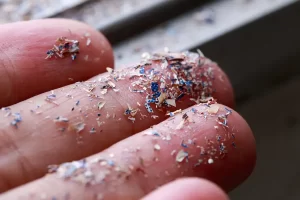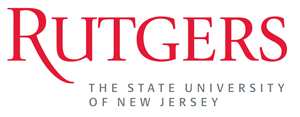EOHSI's Division of Environmental and Population Health Biosciences publication on ingested micronanoplastics and translocation to placenta and fetus is selected by NIEHS as paper of the year.

Congratulations to Phil Demokritou, Brian Buckley and Phoebe Stapleton on this significant achievement!
NIEHS selected the 30 most impactful papers from 3,400 publications by NIEHS researchers and grantees in 2023.
Abstract
Recent studies in experimental animals found that oral exposure to micro- and nano-plastics (MNPs) during pregnancy had multiple adverse effects on outcomes and progeny, although no study has yet identified the translocation of ingested MNPs to the placenta or fetal tissues, which might account for those effects. We therefore assessed the placental and fetal translocation of ingested nanoscale polystyrene MNPs in pregnant rats. Sprague Dawley rats (N = 5) were gavaged on gestational day 19 with 10 mL/kg of 250 µg/mL 25 nm carboxylated polystyrene spheres (PS25C) and sacrificed after 24 h. Hyperspectral imaging of harvested placental and fetal tissues identified abundant PS25C within the placenta and in all fetal tissues examined, including liver, kidney, heart, lung and brain, where they appeared in 10-25 µm clusters. These findings demonstrate that ingested nanoscale polystyrene MNPs can breach the intestinal barrier and subsequently the maternal-fetal barrier of the placenta to access the fetal circulation and all fetal tissues. Further studies are needed to assess the mechanisms of MNP translocation across the intestinal and placental barriers, the effects of MNP polymer, size and other physicochemical properties on translocation, as well as the potential adverse effects of MNP translocation on the developing fetus.
See Full List of NIEHS 2023 Papers of the Year
Source: NIEHS News – Environmental Factor (January, 2024)
Copyright © 2021, Rutgers, The State University of New Jersey


